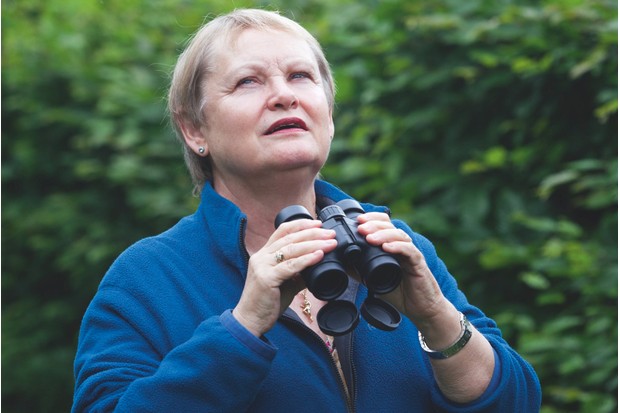The Marine Biological Association (MBA), which is part of two Natural Environment Research Council projects, has discovered that the ability to isolate this environmental DNA (eDNA) will give scientists effective tools to assess biodiversity.
These tools can inform on what organisms, of any size from plankton to whales, are in the area and how the local ecosystem works.
The MBA, which is a professional body of marine scientists with around 1,400 members worldwide, will partner with the Sir Alister Hardy Foundation for Ocean Science, Plymouth Marine Laboratory, National Oceanography Centre, and the University of Exeter to develop and test the tools.
Scientists will use samples of seawater from the English Channel off Plymouth. Their expectation is that oceanographic, chemical and biological sampling will provide the historical and background information necessary to understand the potential for use of eDNA in understanding how an ecosystem functions.
MBA Director, Professor Colin Brownlee, says: “Building on the expertise of research scientists at the MBA, who have pioneered the use of DNA-based tools to assess marine biodiversity, the team will make an unprecedented inventory of the marine life in the study area, ranging from the smallest microbes to the biggest marine mammals.”
The research will help to apply this tool in a wider fashion to help with fisheries assessments, detection of fish pathogens, conservation biology, and environmental risk management from threats such as toxic algae blooms.
The broader aim is to support biodiversity and nature's services following the Natural Environment Research Council's commitment to managing environmental change.
Main image: Grey seals are just one of the diverse species found in British waters.
